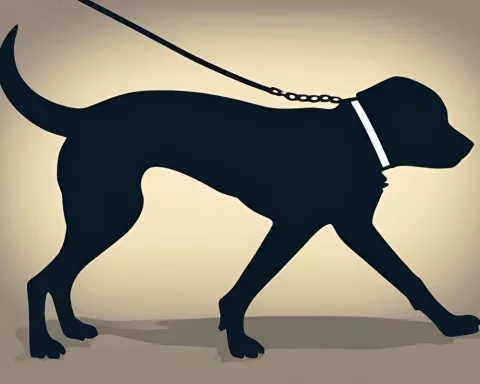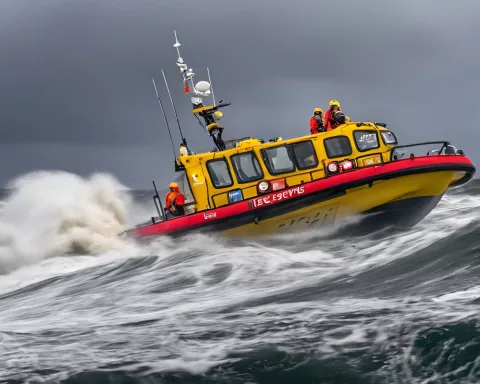A ferocious fire swept through Fishhoek, triggering a code red alert and necessitating immediate evacuations. The firefighting teams utilized an emergency Joint Operations Centre, drones, and helicopters for water-bombing operations. Despite the fire’s relentless march, the firefighters’ valour, tactical use of technology, and unity shone brightly during this poignant battle against the blaze.
How did firefighters battle the Fishhoek blaze?
Firefighters utilized an all-hands-on-deck approach, setting up an emergency Joint Operations Centre and enlisting support from the Western Cape Disaster Management, off-duty firefighters, and fire stations from other areas. Drones were used to strategize the ideal location to intercept the fire, and helicopters were deployed for water-bombing operations. The firefighters’ valour, tactical use of technology, and unity shone brightly during this poignant battle against the ferocious blaze.
Unforeseen Catastrophe Strikes
In the early twilight, just as the city of Fishhoek lay engulfed in darkness, disaster struck in the form of a fierce fire on Glencairn Expressway. The catastrophic event occurred while the firefighting teams were already battling an inferno at Castle Rock. The fire, in its unsparing and merciless march, triggered a code red alert, necessitating the immediate evacuation of Stonehaven Estate‘s residents. The response was swift, with over 20 fire engines and 9 water tankers dispatched to the scene, along with additional reinforcements on their way.
An Emergency Response Plan in Action
In the midst of the chaos, Chief Fire Officer Manuel, along with his senior personnel, promptly set up an emergency Joint Operations Centre (JOC) at the Simonstown fire station. Other significant stakeholders joined them to strategize and synchronize their actions. By 2am, the relentless fire had reached Scarborough, resulting in additional evacuations.
“Determinedly, the fire pursued its path through the mountains within the Table Mountain National Park (TMNP), unaffected by the ceaseless water-bombing by helicopters throughout the day,” informed JP Smith, mayco member for Safety and Security. Smith further explained that potent evening winds guided the fire in various directions, a situation distinct from the Glencairn Expressway fire.
Strategic Moves Against the Ferocious Adversary
Facing a formidable opponent in the fire, the senior team endeavoured to use wind forecasts to their advantage. The aim was to halt the flames during the morning’s later hours. Drones were utilised to chart the path of the vegetation and strategise the ideal location to intercept the fire.
The fight against the fire enlisted an all-hands-on-deck approach, with even off-duty firefighters joining the fray. More fire engines and tankers were brought in, with support also enlisted from the Western Cape Disaster Management. Fire stations from the West Coast, Stellenbosch, and Overberg were roped in for this massive operation.
Dawn Breaks, Battle Continues
As the day broke, the firefighting teams received reinforcement from helicopters ready for deployment, along with additional choppers from the Defense Force. An extra Oryx chopper, hailing from Bloemfontein, also joined the aerial team.
Local [Disaster Risk Management](https://capetown.today/the-vital-importance-of-preparedness-and-consciousness-in-mitigating-disaster-risks/) and the fire service were prepared to shield the properties along the anticipated path of the fire. The strategy was to allow the fire to navigate through the terrain and between the mountains, minimising its potential wreckage.
“With the dawn, we will see the most significant coordinated attack on a fire line that our city has ever experienced,” Smith foresaw.
A Race Against Time
By 4am, the fire line had advanced above the peaks of Misty Cliffs, and teams were prepared for any situation as a safeguard. The plan was to clear the helicopters for take-off within an hour for water-bombing operations to begin, thereby blocking the fire’s path.
Simultaneously, drones discovered an additional fire in the valley adjacent to Glencairn Express Way, concealed from the road, slowly ascending the peak. The ready-to-launch helicopters were waiting for the green signal. The immediate mission was to concentrate on bombing this new fire path.
Resilience Shines Amidst Despair
The valour of the firefighters, the tactical use of technology, and the indomitable spirit of unity shone brightly against the backdrop of this devastating event. This poignant battle against the blaze is a testament to the city’s resilience and unwavering determination to safeguard its people and landscapes from the destructive power of fire.
1. How did firefighters battle the Fishhoek blaze?
Firefighters utilized an all-hands-on-deck approach, setting up an emergency Joint Operations Centre and enlisting support from the Western Cape Disaster Management, off-duty firefighters, and fire stations from other areas. Drones were used to strategize the ideal location to intercept the fire, and helicopters were deployed for water-bombing operations.
2. What was the response to the fire on Glencairn Expressway?
Over 20 fire engines and 9 water tankers were dispatched to the scene, along with additional reinforcements on their way. The catastrophic event triggered a code red alert, necessitating the immediate evacuation of Stonehaven Estate’s residents.
3. What is an emergency Joint Operations Centre (JOC)?
An emergency Joint Operations Centre (JOC) is a command center that coordinates the response to an emergency or disaster. In this case, Chief Fire Officer Manuel and his senior personnel set up an emergency JOC at the Simonstown fire station to strategize and synchronize their actions.
4. How did the firefighting teams use wind forecasts to their advantage?
The senior team endeavored to use wind forecasts to their advantage by aiming to halt the flames during the morning’s later hours. Drones were utilized to chart the path of the vegetation and strategize the ideal location to intercept the fire.
5. How did reinforcements assist in the battle against the fire?
As the day broke, the firefighting teams received reinforcement from helicopters ready for deployment, along with additional choppers from the Defense Force. Fire stations from the West Coast, Stellenbosch, and Overberg were also roped in for this massive operation.
6. What does this event signify about the city’s resilience?
The valour of the firefighters, the tactical use of technology, and the indomitable spirit of unity shone brightly against the backdrop of this devastating event. This poignant battle against the blaze is a testament to the city’s resilience and unwavering determination to safeguard its people and landscapes from the destructive power of fire.












